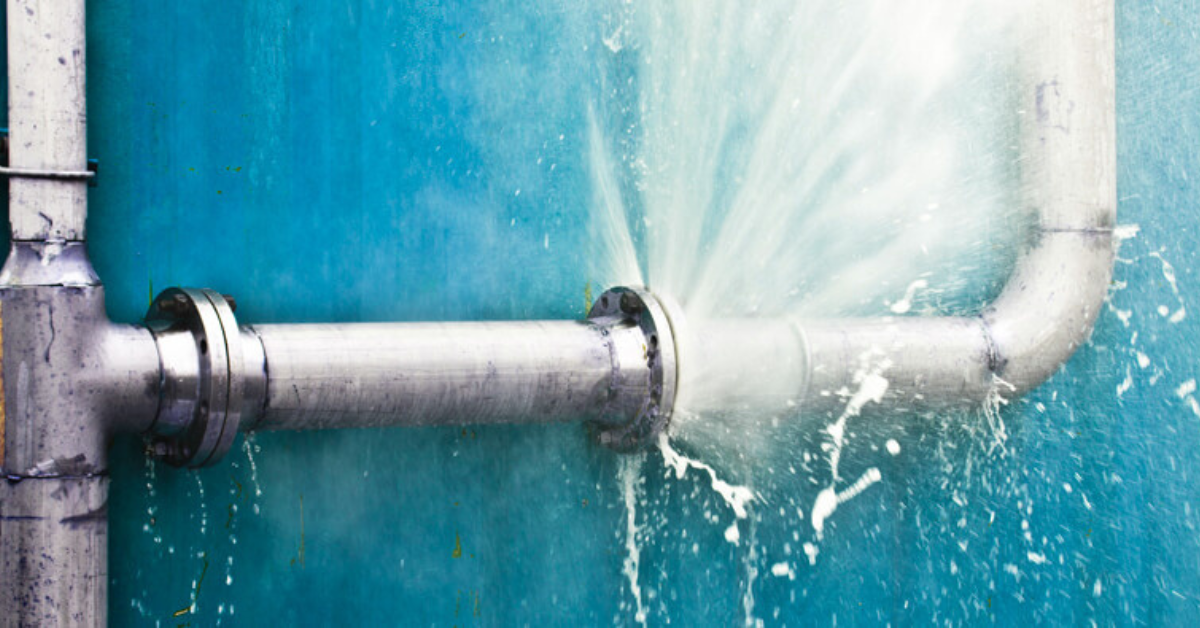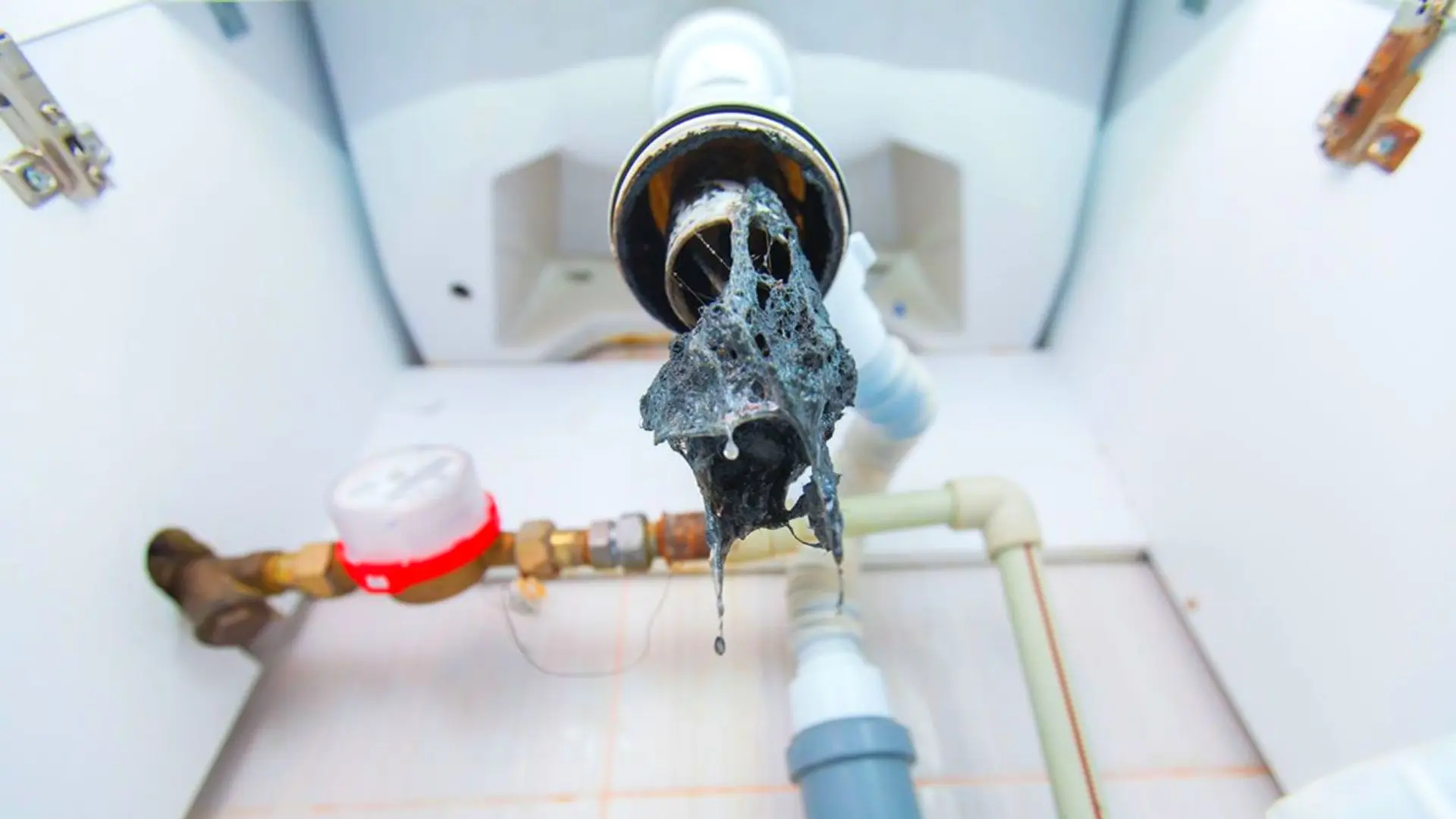The In-Depth Handbook to Addressing Low Water Pressure in Your Home
The In-Depth Handbook to Addressing Low Water Pressure in Your Home
Blog Article
On this page underneath you can locate a good deal of good answers regarding Dealing with Low Water Pressure in Your Home.

Low tide stress in your home can be an irritating problem, influencing everything from bathing to washing dishes. If you're experiencing weak water flow, there are a number of feasible reasons and options to discover. In this guide, we'll review usual reasons for low water stress and useful steps to attend to the concern successfully.
Introduction to Low Water Stress
Low tide pressure occurs when the flow of water from your faucets, showers, and various other fixtures is weak than common. This can make daily jobs much more tough and less effective. Recognizing the root causes of low water stress is vital to finding the ideal option.
Typical Sources Of Low Tide Pressure
Faulty Stress Regulatory Authorities
Stress regulatory authorities are responsible for maintaining constant water pressure in your home. If they malfunction, it can result in low tide pressure or irregular flow throughout your house.
Local Supply Of Water Issues
In some cases, the problem exists outside your home. Community water system problems, such as main line leaks or upkeep job, can momentarily minimize water pressure in your area.
Pipe Obstructions
Over time, pipes can become obstructed with natural resource, sediment, or particles, restricting the flow of water. This is a typical problem in older homes with galvanized steel pipelines.
Corrosion
Deterioration within pipes can result in leaks and reduced water stress. Corrosion build-up can tighten water circulation, particularly in aging plumbing systems.
Exactly How to Detect Low Water Stress
Examining Pipelines
Check noticeable pipelines for indications of leakages, corrosion, or obstructions. Take notice of any unusual noises, such as knocking or rattling pipes, which could suggest issues within the plumbing system.
Consulting with a Plumber
If you're not able to pinpoint the root cause of low tide stress, think about hiring a specialist plumber to conduct a comprehensive examination. They can identify underlying problems and recommend proper remedies.
Inspecting Faucets and Fixtures
Begin by testing the water pressure at different faucets and components throughout your home. If the issue is separated to certain areas, it might suggest local problems.
Do It Yourself Solutions to Repair Low Water Stress
Flushing Water Heater
Sediment buildup in the hot water heater can restrict flow and reduce performance. Flushing the storage tank periodically helps eliminate debris and keep optimum efficiency.
Checking Stress Regulatory Authority
Guarantee that the stress regulator is operating correctly. Adjusting or replacing the regulatory authority can assist bring back correct water stress throughout your home.
Cleaning Aerators and Showerheads
Mineral deposits can accumulate in aerators and showerheads, decreasing water circulation. Eliminate and clean these elements consistently to enhance water pressure.
Clearing Clogs in Pipes
For small blockages, try utilizing a plumbing snake or chemical drain cleaner to clear blockages in pipelines. Be cautious when using chemicals and adhere to safety and security guidelines.
When to Call a Specialist Plumber
If DIY efforts fail to fix the problem or if you think substantial plumbing troubles, it's best to seek aid from an accredited plumber. They have the knowledge and devices to attend to intricate concerns securely and successfully.
Preventive Measures to Maintain Water Pressure
Installing a Stress Booster
Take into consideration installing a pressure booster pump to boost water stress in areas with regularly low circulation. This can be particularly valuable for multi-story homes or buildings with high-demand components.
Tracking Water Use
Be mindful of water use habits and avoid ill-using the plumbing system. Easy modifications, such as staggering showers and washing tons, can help preserve sufficient water pressure.
Routine Maintenance
Set up routine maintenance for your plumbing system to avoid problems such as deterioration, leaks, and obstructions. Dealing with minor problems early can aid avoid more significant repairs in the future.
Final thought
Handling low water stress can be frustrating, yet recognizing the underlying causes and applying ideal solutions can restore optimum circulation throughout your home. Whether it's cleansing aerators, examining pipelines, or talking to a plumber, taking proactive steps can guarantee a stable supply of water for your everyday needs.
How to Fix Low Water Pressure In Your Home
Municipal Water Supply Issues
Scheduled maintenance, high demand, and water main breaks are all potential causes for low water pressure within a city or county’s water lines. While there’s not much you can do to personally fix a problem with your city or county’s water supply system, you can play a big role in documenting the issue and alerting those who can.
How to fix it:
Ask your neighbors if they are experiencing any issues with low water pressure. If multiple homes are affected, it’s likely related to the city’s water line. Contact the local Water Authority to see if there is any maintenance taking place that might be affecting your supply. Also let them know of your specific issues. If other homeowners report the same issues, they’ll know that there could be a larger issue to look into. Faulty Fixtures
A damaged or clogged shower head, faucet or appliance is the first thing we’d suggest checking, especially if low water pressure appears to be isolated to a specific area of your home.
How to fix it:
First, turn off the main water supply to your home. Check the affected appliances for build-up or debris. In the case of a faucet, you can simply unscrew the aerator at the tip of the faucet. Showerheads should be fully detached from the water pipe. While the appliances are detached, you may want to check the water supply to determine if the fixtures were in fact the issue. To clean, soak the showerhead or aerator in vinegar and brush off any visible debris. Reattach the fixtures and check the water pressure again. If it is still low, there is likely a deeper issue at hand, which can be determined by a professional plumber. Pipe Obstructions
Mineral deposits, rust or other debris within water pipes can lead to blockages or corrosion over time.
How to fix it:
When you think of a clog, you probably think of a drain clog. While there are many DIY solutions to clearing a drain, clogs in a water pipe will almost always require the help of a professional plumber. A plumber will be able to locate the affected pipe and clean out any debris or mineral deposit buildup. In severe cases, the pipe may need to be replaced. Your plumber might also recommend a water softening system to remove the minerals from your home’s water supply that can contribute to pipe blockages over time.
Plumbing Leak
Undetected water line leaks can divert water away from your residential pipes, reducing the water pressure in your fixtures.
How to fix it:
Check your water meter by turning off all water sources and monitoring the meter for any movement, which could be a clear indicator of a potential leak. Check all visible pipes for signs of leaking, including water stains, active dripping or damp spots around the pipe. Inspect fixtures, including faucets and showerheads, for any drips. Test the pressure but recording the pressure with the main water valve shut off. Leave off for a few hours and test again. A significant drop in pressure is a clear sign of a leak. https://kiddcoplumbing.com/plumbing-blog/how-to-fix-low-water-pressure/

As a keen person who reads on , I was thinking sharing that piece of content was really useful. In case you enjoyed reading our post plz consider to share it. Thanks a bunch for your time. Come back soon.
Book Report this page